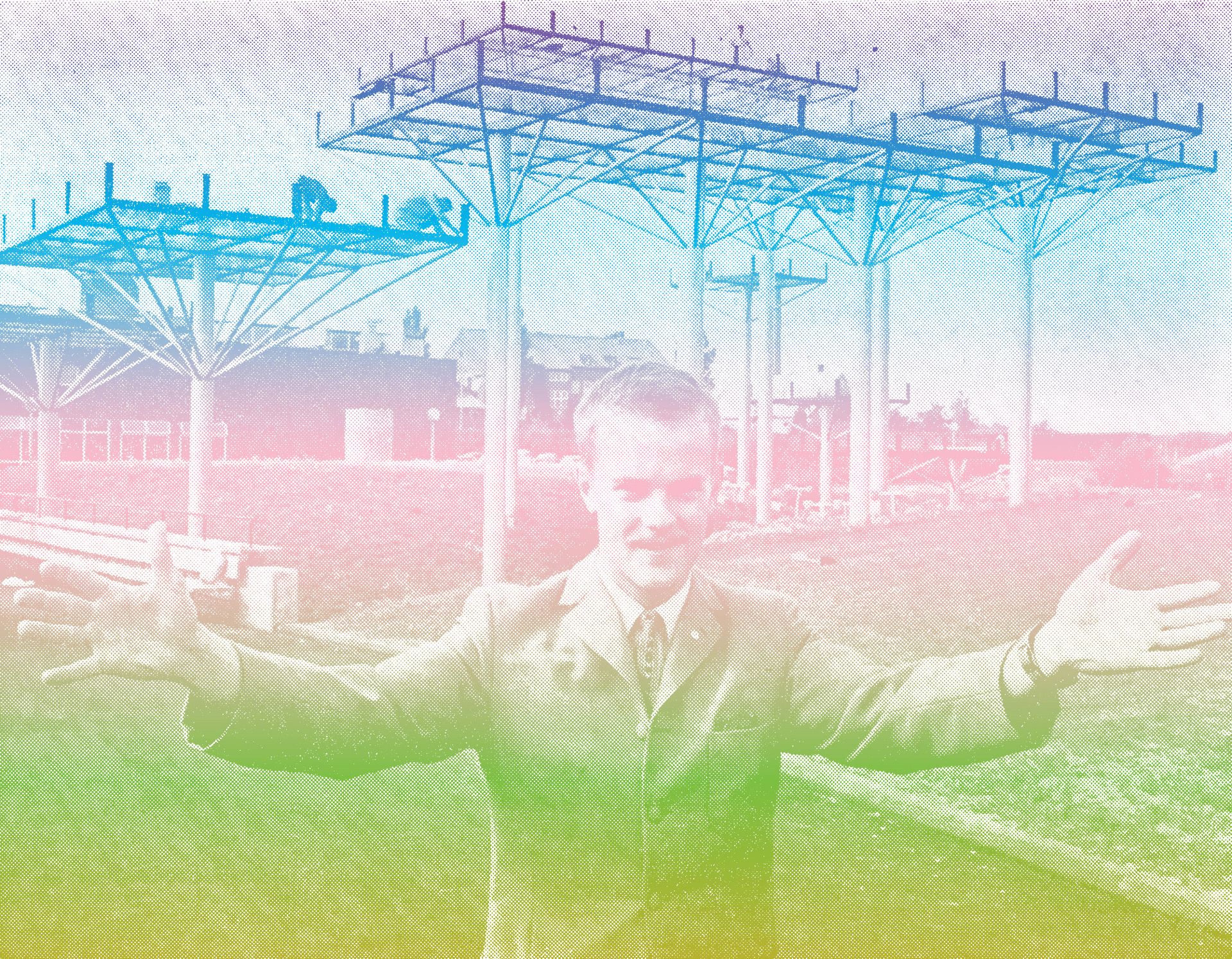We are delighted to announce a call for contributions to a symposium which will be held 28-30 September 2023, in Lund, Sweden.
Research and discussion of public art frequently focuses on conditions of emergence and production for public works. This symposium starts at the other end—thinking about the afterlives of public art with respect to processes of decline, decay, acts of reparation and reimagination, transformation and change. We are interested in questions of sustainability, custodianship and whether “failed” works can be revitalised and thought anew; how this raises implications for their authorship and ownership, and what challenges it presents for commissioners, artists, architects, and urban designers. How can producers, owners and custodians of public artworks and the communities and publics living with these works anticipate and accommodate complex afterlives of public art?
Our research draws connections to contemporary processes of revision and contestation of historic monuments. We relate these tensions to other, seemingly benign, artistic objects situated in city squares, urban parks, on redeveloped waterfronts and university campuses—objects that are often commissioned without consultation and with intentions of permanence or longevity. We also want to consider the changing terms through which futures are imagined—from progress narratives of the modern to crisis narratives of climate change—and what the implications are for commissioning public artworks and their evolution in the design of public space.
Call for contributions
We welcome case study contributions that can help navigate the questions and complexities outlined above. Expressions of interest should be submitted as a short proposal (500 words with 2–3 images) together with a brief bio (150 words) to maddie.leach@hdk-valand.gu.se. Submission deadline: November 30, 2022.
Our confirmed speakers include:
Lisa Le Feuvre: Inaugural Executive Director of the Holt/Smithson Foundation, New Mexico, USA, and previous Head of Sculpture Studies at the Henry Moore Institute. Editor of the Documents of Contemporary Art edition Failure (2010).
Jes Fernie: Independent curator, writer, and initiator of the online resource Archive of Destruction—a research platform about public artworks that have been destroyed by rage, boredom, fear, entropy, greed and love.
Patrick Amsellem: Director of the Public Art Agency Sweden and former Director of Skissernas Museum – Museum of Artistic Process and Public Art in Lund.
Dan Karlholm: Art historian, writer and Professor of Art History at Södertörn University in Stockholm. His research interests are the history and theory of art history, historiography, museum studies and temporality.
Research context
This symposium is realised as part of a four-year research project called The Fountain: An art-technological-social drama. Funded through Sweden’s Research Council for Sustainable Development (FORMAS), it initiates a recommitment to a substantially state-funded public artwork after a 25-year hiatus, proposing a case study for the reimagination of a public object.
Our subject LTH-fontänen / The LTH Fountain was the collaborative vision of Swedish architect Klas Anshelm and sculptor Arne Jones. Inaugurated in 1970 at Lund Technical University (LTH), it was anticipated as a modern “artistic-technological cathedral of steel, glass and water without parallel in the world”. Yet LTH-fontänen proved frustrating as a fountain: leaking, fracturing and never effectively carrying water. Today it remains inert on campus; neither artwork nor ruin.
Some have suggested that we understand artworks retrospectively—fifty years on, what collective meaning does LTH-fontänen activate in changed social conditions? With a raft of nicknames, including “Laxtrappan”, “Döda fallet” and "Fontana di Träti", its cost and subsequent failures have been a source of ridicule and urban myth. As a creative endeavour, LTH-fontänen is not alone in falling short of its creators and commissioners’ ambitions, however it is unusual for having survived fifty years as a largely unrealised project. It offers us a unique platform from which to address broader questions of cultural heritage, duration and change in the design of public spaces, and the role of art works within them. Through this symposium, we wish to consider other cases of public artworks and commissions that raise similar and related issues.

